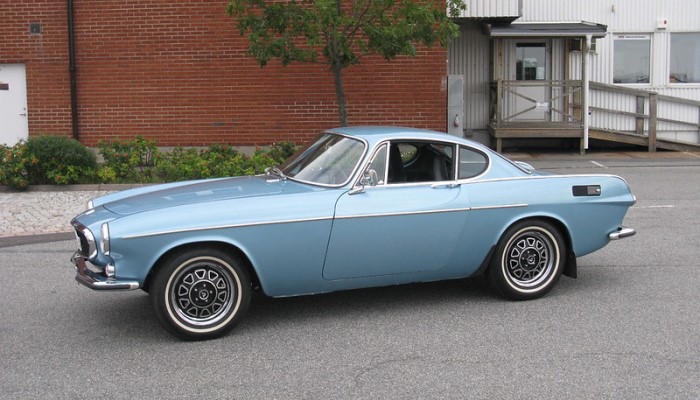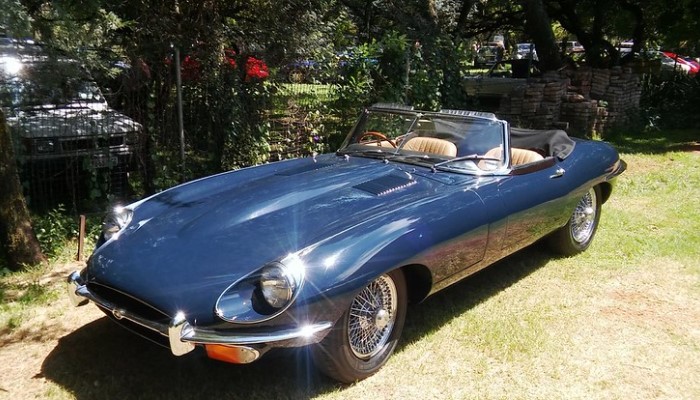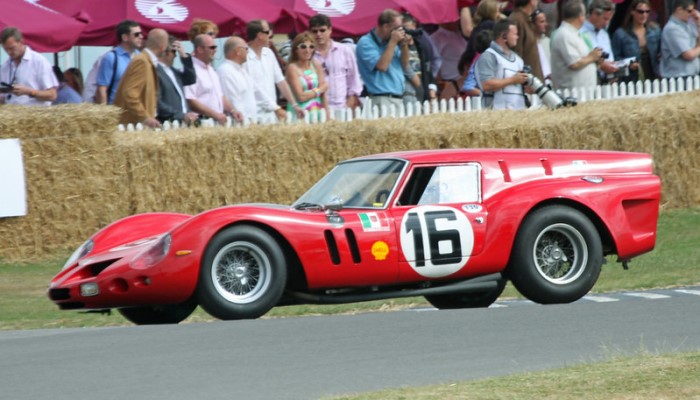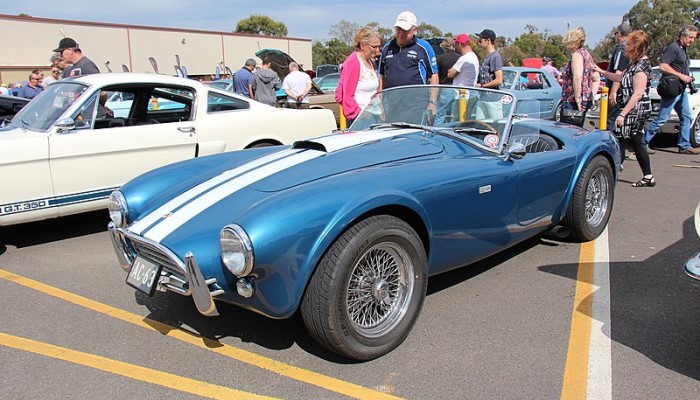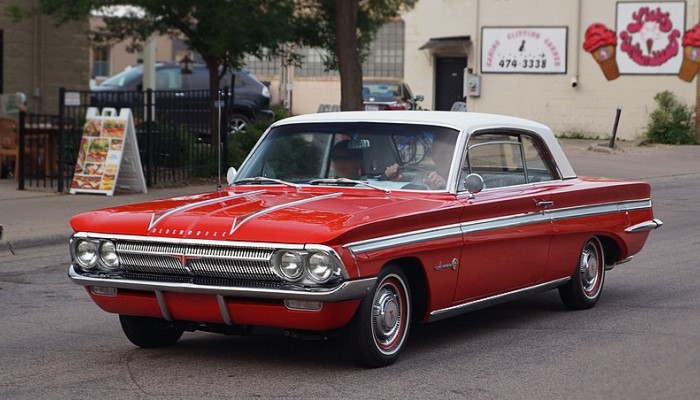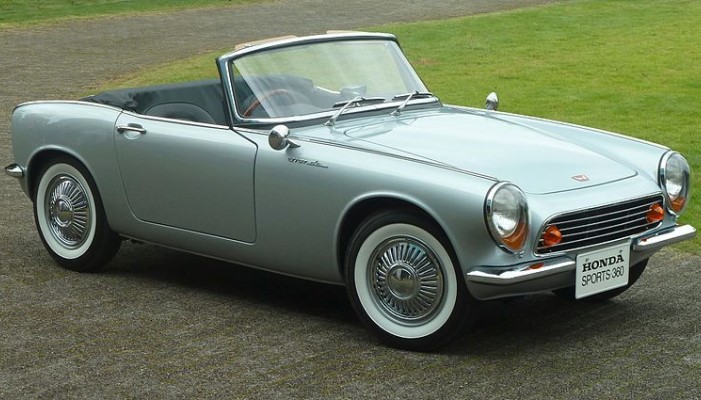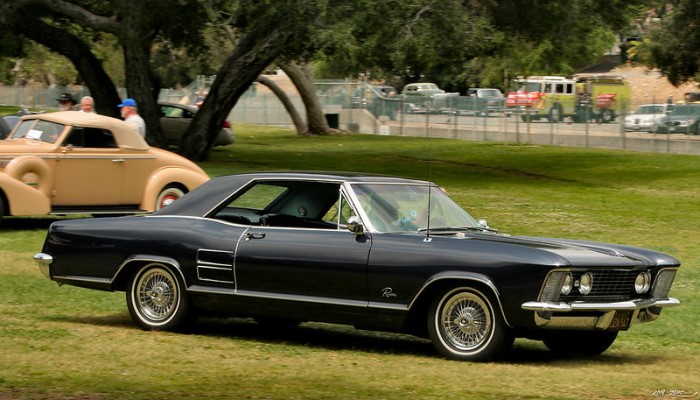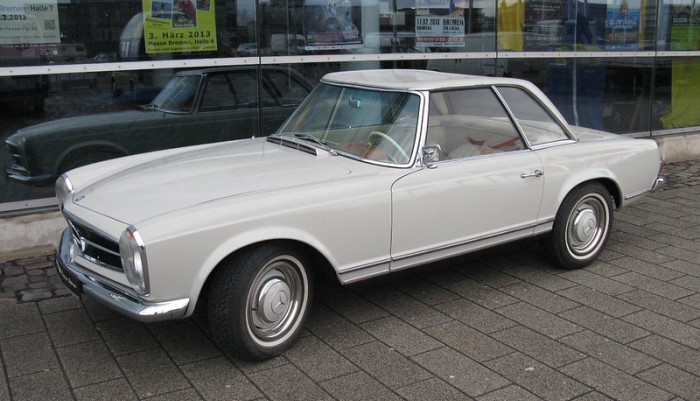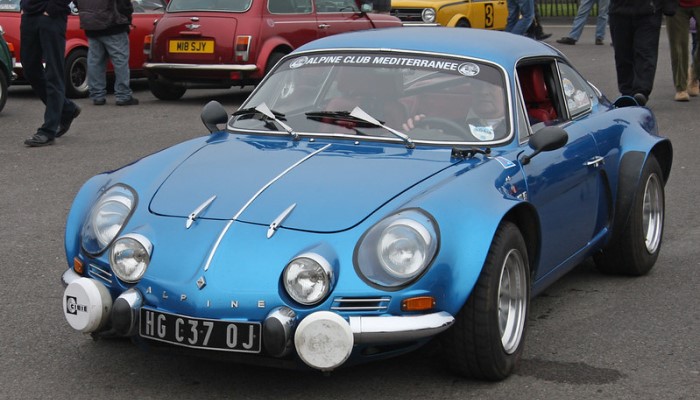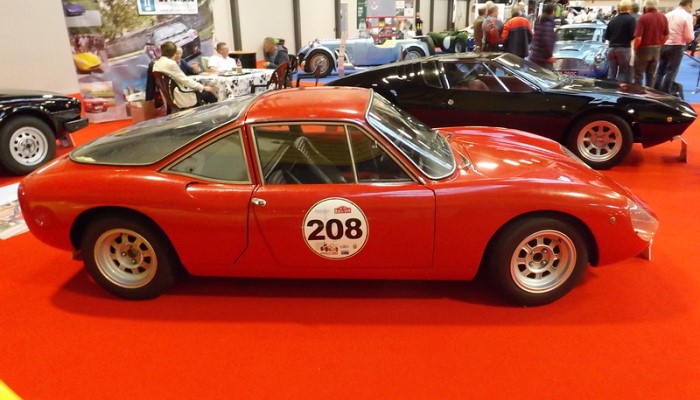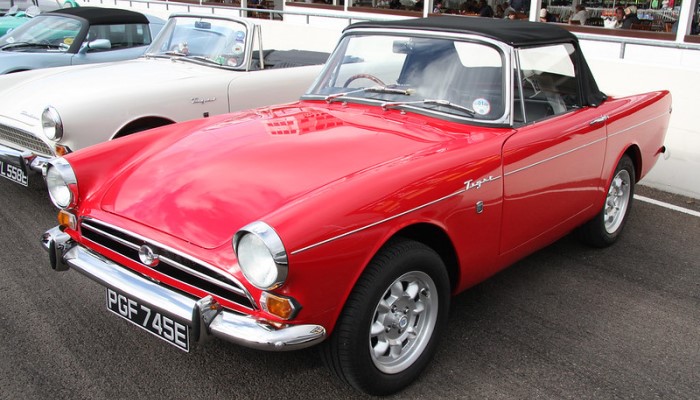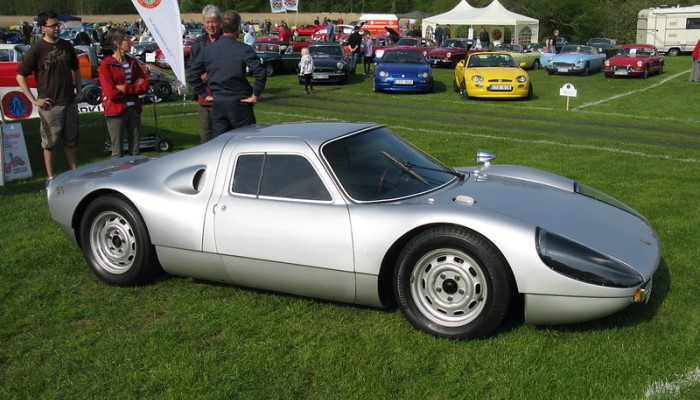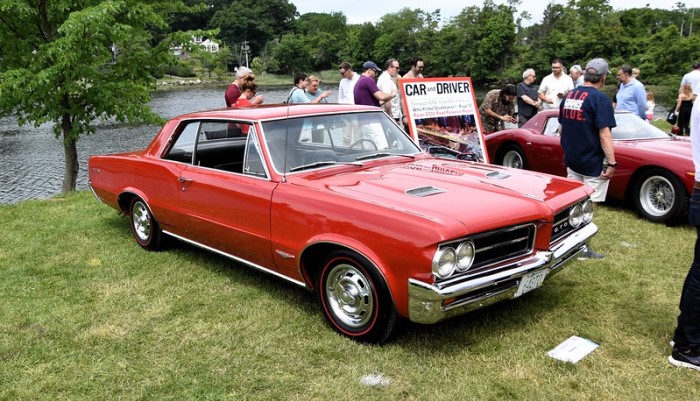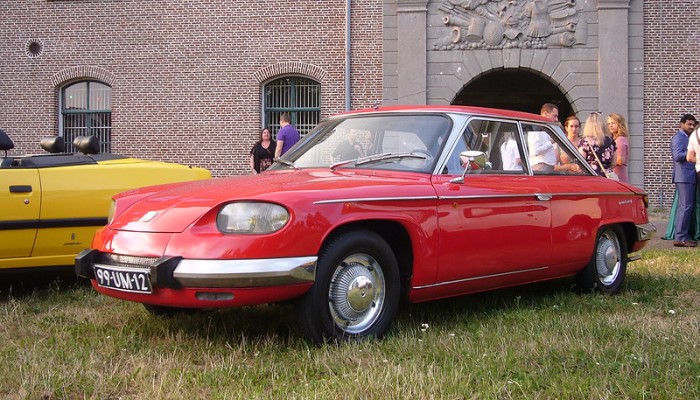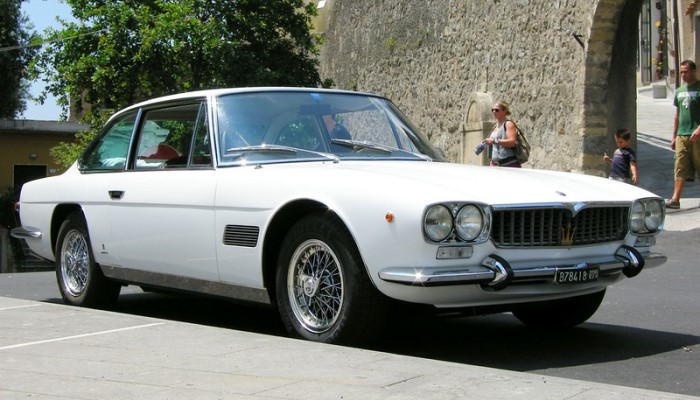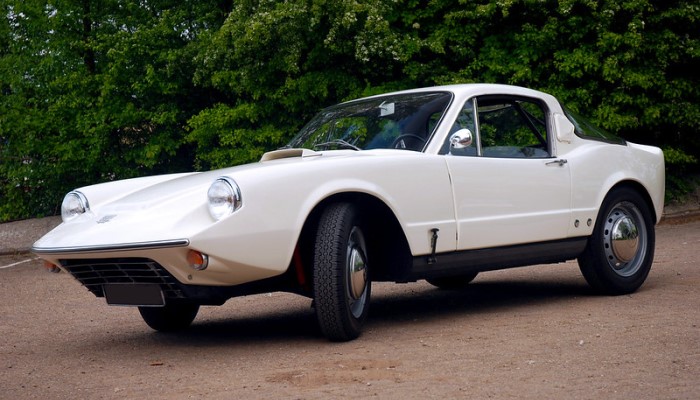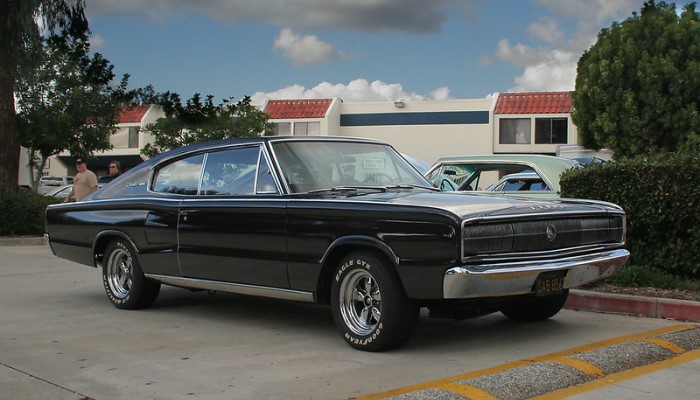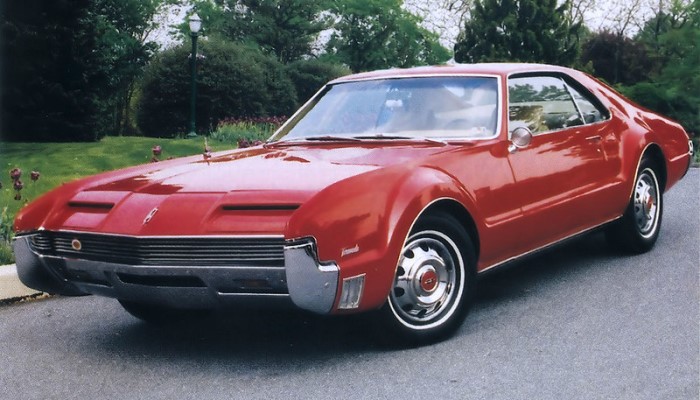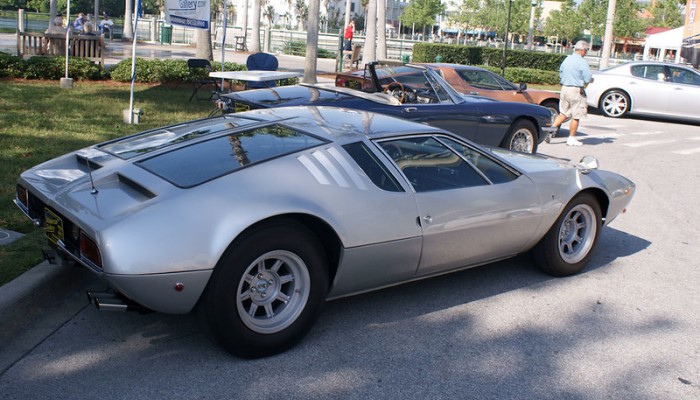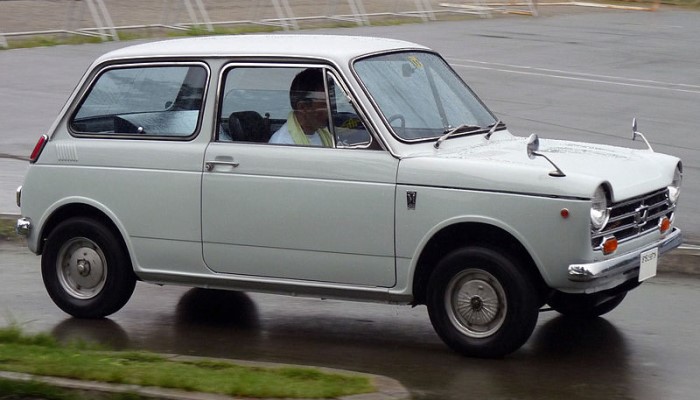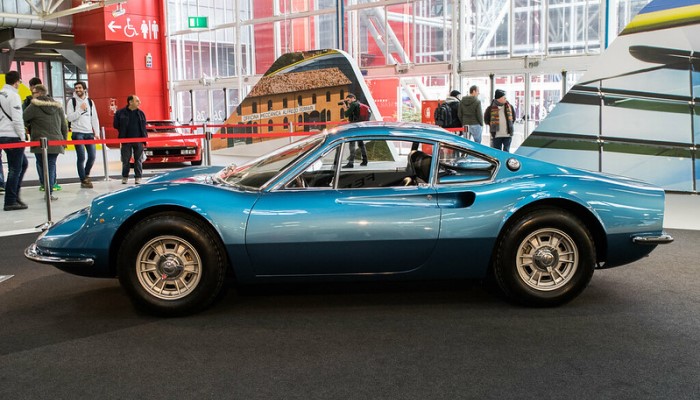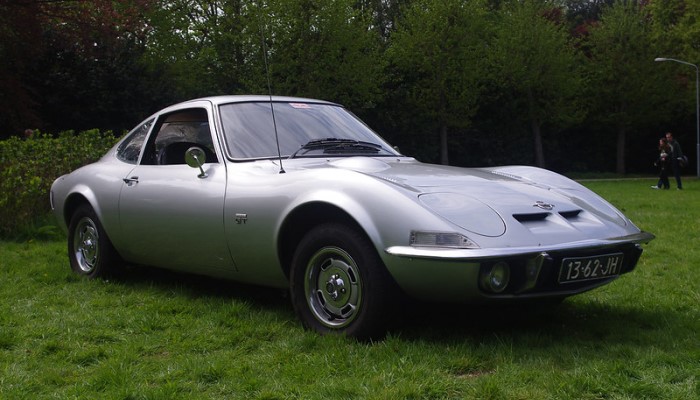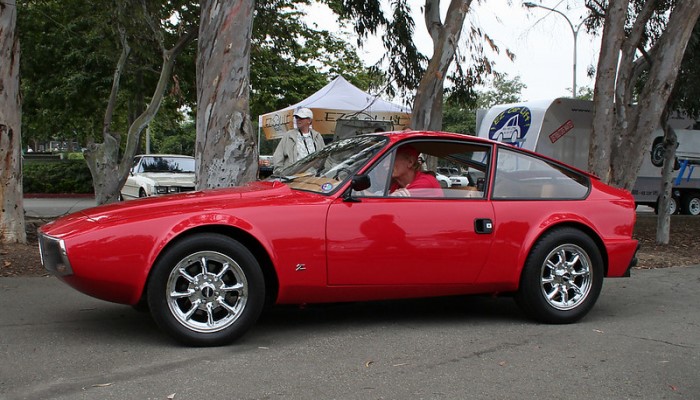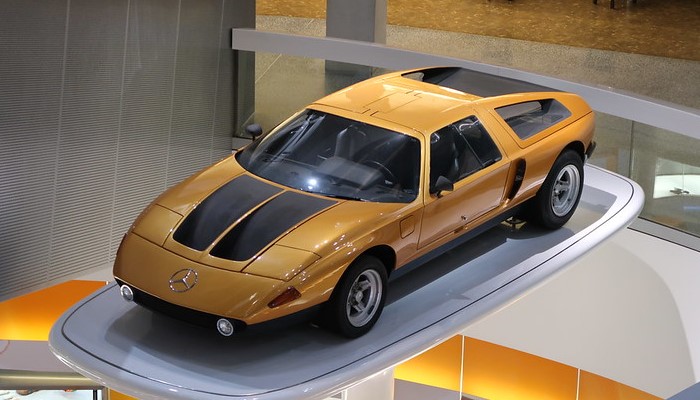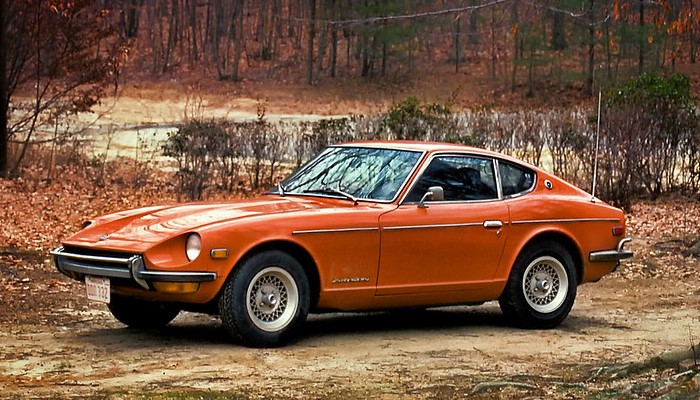Cars 1960s
The 1960s marked a revolutionary time in automotive history. It was a period of immense innovation and experimentation, with the development and production of some of the most iconic cars to ever grace our roads.
From muscle cars to compact cars, the advancements in design and technology during this time were keenly felt all over the world.
This decade brought us some of the most popular and memorable cars of all time - cars that set the standard for generations to come.
The most iconic car of the 1960s was the Ford Mustang. It was the perfect blend of power and style, and it revolutionized how American cars looked and felt right from the start.
Its sporty and stylish design were as exhilarating as its powerful V8 engine, and the Mustang wasn't afraid to dominate the racetrack, proving its mettle against some of the most competitive cars out there.
The Muscle car era was also born in the 1960s, with cars like the Pontiac GTO, the Plymouth Road Runner, and the Dodge Charger leading the way.
These powerful vehicles boasted muscle and attitude, and they quickly became the muscle cars to beat on the street thanks to their abundance of power, style, and performance.
The 1960s also saw the birth of the compact car, thanks to cars like the Volkswagen Beetle, the Mini Cooper, and the Fiat 500. Compact cars brought affordability and efficiency to the masses and, as a result, they soon became some of the most popular cars on the market.
Finally, the decade saw the introduction of the luxury car, thanks to cars like the Jaguar E-Type and the Rolls-Royce Silver Shadow. These luxurious vehicles set a new standard for elegance and sophistication, setting the stage for luxury cars to thrive in the decades to come.
The 1960s marked an incredibly significant era in automotive history, which is why the cars of this decade remain as popular and iconic today as they were back then.
From muscle cars to compacts to luxury cars, the 1960s set the stage for some of the most iconic and memorable cars ever manufactured.

Unique Car Zone Team
A group of several fans of everything that moves on four wheels, a few article creators, a couple of marketing strategists, designers, web developers, and lots of coffee.
Volvo P1800
The car was built on a shortened Volvo Amazon/120 base. Under the long hood of the P 1800 was a specially developed 108.5 cid (1.778 cc), 100-horsepower engine.
1961 Jaguar E-Type
Few cars managed to cause such a stir with their appearance as the Jaguar E at the 1961 Geneva Motor Show. This car replaced the XK series, which has been on sale since 1948.
Ferrari 250 GT Breadvan
Like the Ferrari 250 GTO, the engine had six Weber carburetors, which brought its power to 300 horsepower. The wheels and tires were the same as on the GTO...
AC Cobra
In April 1962, the first Cobra, painted bright yellow, captivated the audience at the auto show in New York. Potential buyers were able to be convinced that the business was booming.
Oldsmobile F-85 Jetfire
Its beginnings date back to 1962, when the American giant GM introduced two new cars to its local market: the Chevrolet Corvair and the Oldsmobile F-85 Jetfire. Both will hit the market within a few weeks of each other, ...
Honda S360
On June 5, 1962, a demonstration of new Honda products to the company's dealers took place. The presentation took place on the race track. Mr. Honda himself opened it while driving a roadster.
1963 Buick Riviera
Journalists noted the high quality of workmanship, a very spacious interior compared to the same Ford Thunderbird, excellent acceleration and braking dynamics by class standards, as well as a good balance of handling...
Mercedes-Benz 230 SL Pagoda
The new model, which received the factory index W113, was, in a sense, a compromise. The car was neither a refined boulevard sports car nor a racing car modified for public roads.
1963 Alpine A110
The car received a memorable, finished, and harmonious appearance, which was the result of the joint work of the venerable stylist Michelotti and a young graduate of the College of Industrial Design, Serge Zuliani.
De Tomaso Vallelunga
... is a classic sports car that was manufactured by the Italian carmaker De Tomaso from 1963 to 1967. It was the company's first production car and was designed by Italian designer, Franco Maina.
Sunbeam Tiger
The prototype was shown in July 1963. Lord Rootes personally drove the car and was very pleased with it. Rootes personally went to Henry Ford II to negotiate the supply of engines.
Porsche 904
At the end of 1963, Porsche presented the 904 model, which stunned and conquered the world automotive public with the blitzkrieg method. It was a completely new sports car with undisguised racing ambitions...
1964 Pontiac GTO
Car historians will probably agree that the American muscle car revolution began in 1964 when Pontiac introduced the GTO option on the Tempest model, but this was far from a new idea.
Panhard 24
... went into mass production in 1964. In terms of design, the car stood out among its contemporaries. The car body had not only a beautiful design but also excellent performance in terms of aerodynamic drag coefficient.
Maserati Mexico
The production Maserati Mexico was presented at the 1966 Paris Motor Show. The two-door coupe shared the platform with the Quattroporte; only the Mexico base was cut by 4,3 in (11 cm).
Saab Sonett 2
In 1966, Sonett 2 went into production. It was a good sports car with a lot of potential. The car was equipped with a two-stroke, three-cylinder, in-line engine with a volume of 51 ci (841 cc) and a power of 60 hp.
Toyota 2000GT
The 2000GT was the first Japanese car capable of challenging European sports cars in both design and performance.
1966 Dodge Charger
A characteristic original feature of the Charger was the radiator grille, called the "electric shaver." The grille covered the nose so that the headlights were hidden behind it, a design feature used by Chrysler stylists...
1966 Oldsmobile Toronado
The father of the project for this car was the talented engineer John Beltz. Back in 1954, General Motors engineering departments began work on creating the so-called "Unitized Power Package".
De Tomaso Mangusta
First shown at the 1966 Automobile Salon in Turin under the name Ghia Mangusta, and car made a stunning impression on the public. Wide and low, with a simple front grille and twin headlights...
Honda N360/N400/N600
The Honda N360 is the first Kei car with an automatic transmission. And it was a great success for the Japanese car industry and Honda in general.
Ferrari Dino 206/246 GT
The first Ferrari Dino was designed by Pininfarina and was ready for the Paris Motor Show at the end of 1965. However, due to production problems, the model was only ready two years later for the Turin Motor Show,...
Opel GT
The Opel GT featured a unique design with a sleek, aerodynamic body and pop-up headlights, which gave it a distinctive look on the road. Speaking of pop-up headlights, they are very interesting...
Alfa Romeo Junior Zagato
While the internals were pristine Alfa Romeo mechanicals, the body styling was very much Zagato, and when it was first unveiled at the 1969 Turin Motor Show, its futuristic design was met with mixed reviews in the press.
Mercedes-Benz C111
In September 1969, at the Frankfurt Motor Show, Daimler-Benz presented its vision of the cars of the future. The project demonstrated the latest approach in the design and manufacturing technology of sports cars.
Datsun 240Z
Some claim that the 240Z is a copy of the Jag E-Type, others see the lines of the Ferrari 250 GTO, but there is no doubt that the car is all its own. This is a special beast!
